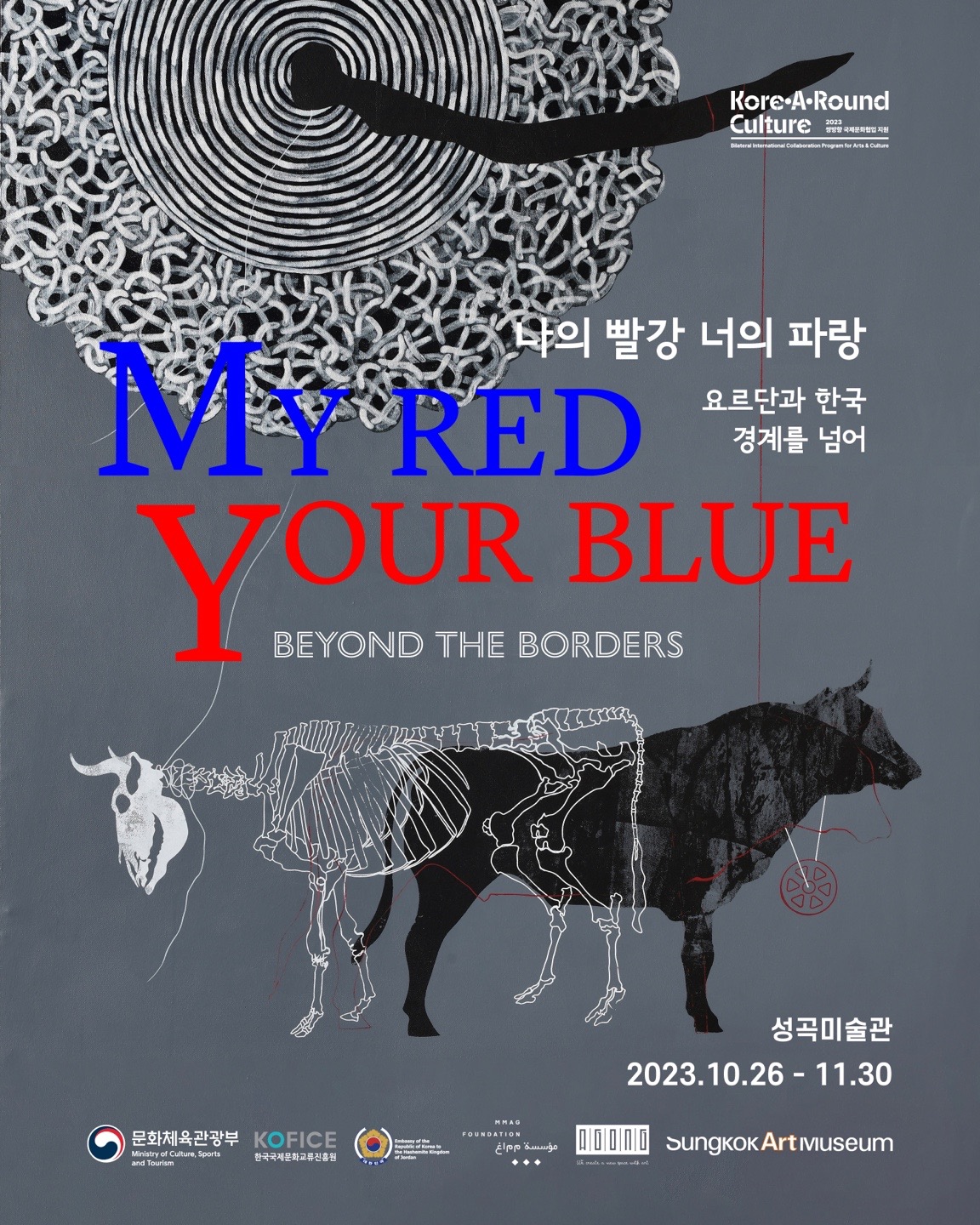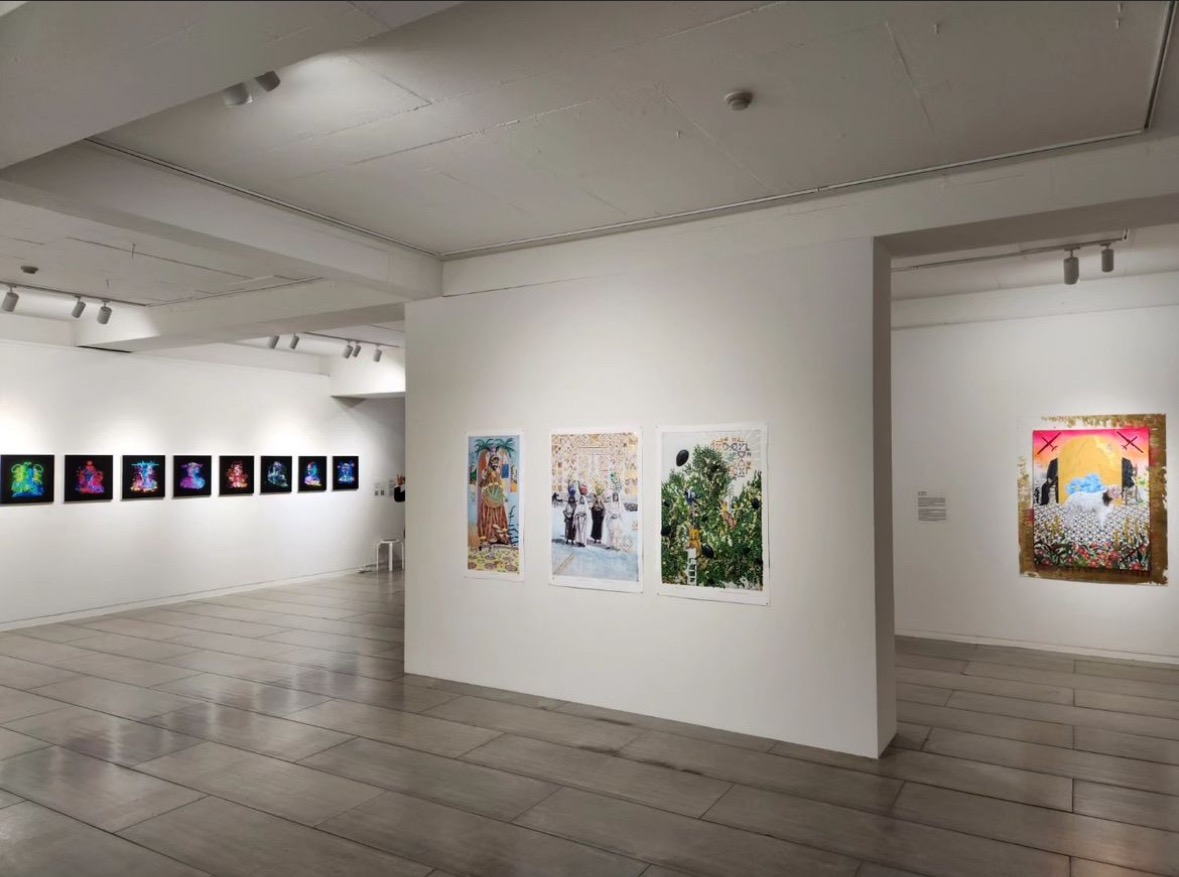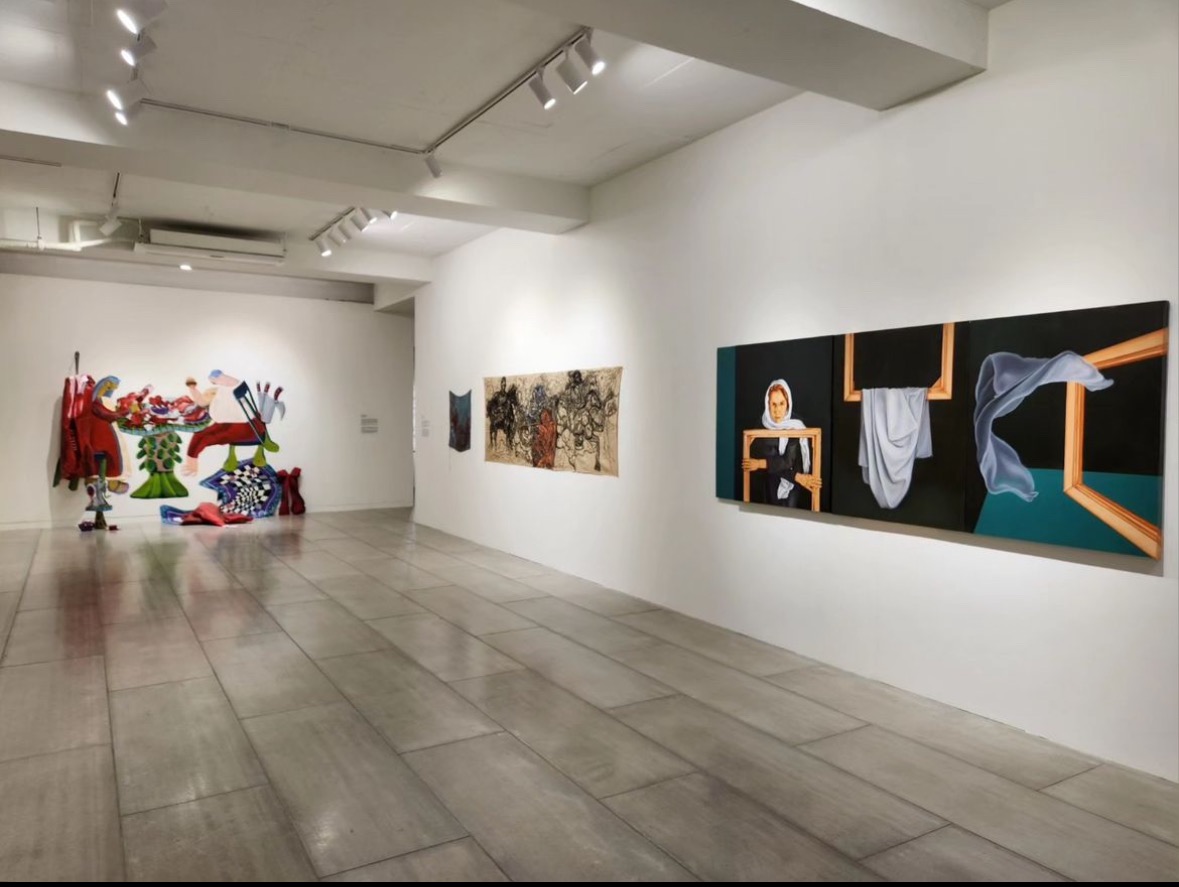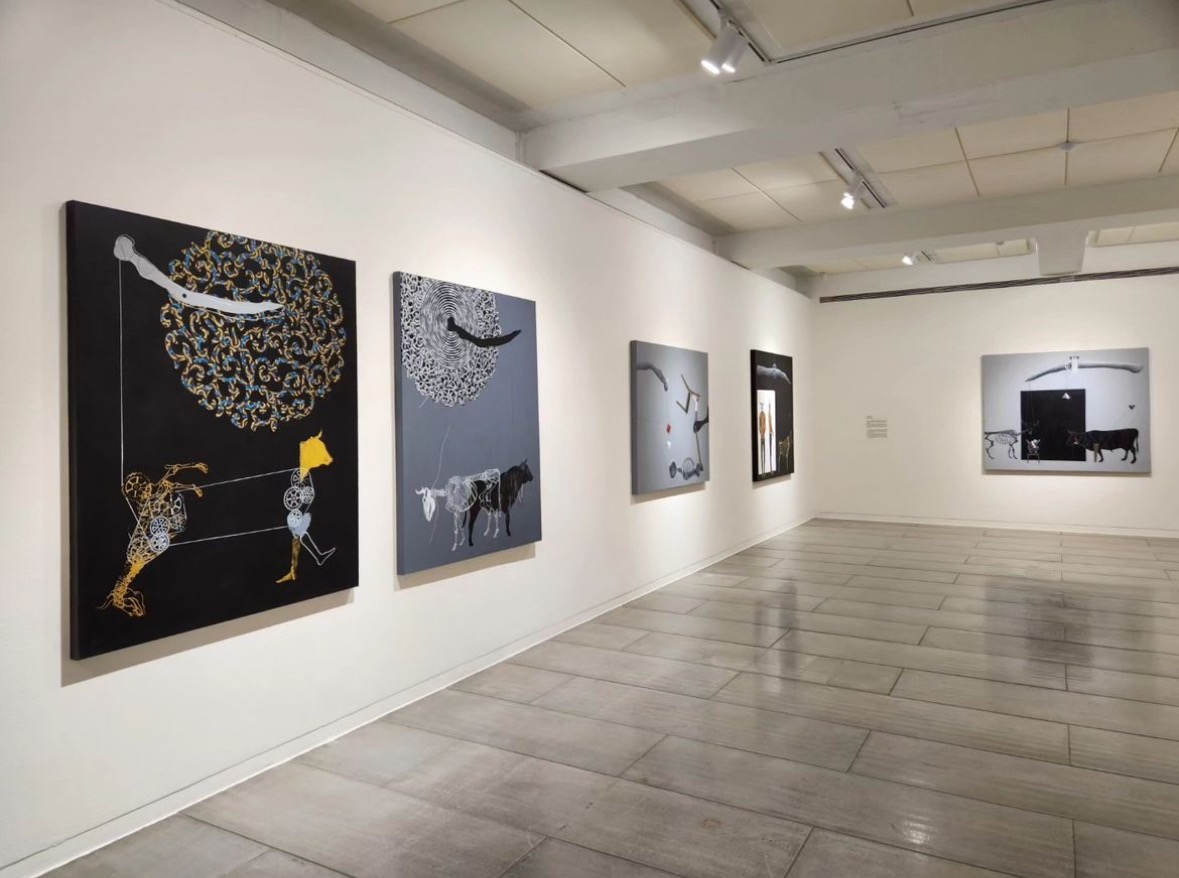
| Period| | 2023.10.26 - 2023.11.30 |
|---|---|
| Operating hours| | 10:00 - 18:00 |
| Space| | Sungkok Art Musuem |
| Address| | Sungkok Art Musuem,42, Gyeonghuigung-gil, Jongno-gu, Seoul, Republic of Korea |
| Closed| | Mon |
| Price| | Free |
| Phone| | 02-737-7650 |
| Web site| | 홈페이지 바로가기 |
| Artist| |
히마트 알리, 무하메드 알 샤마리, 들레어 쉐커, 제이드 샤와, 다나 바르카위, 사라 수쿤, 하셈 주카, 누르 브세이소, 말릭 토마스, 히샴 케르샨, 모멘 말카위, 아르다 아슬라니안, 강애란, 김기라, 김홍식, 안세은, 오정현, 이주은, 임기원, 한명옥
|
정보수정요청



|
|
Exhibition Information




This project developed from the exhibition, held last year in Amman, commemorating the 60th anniversary of Korea-Jordan diplomatic relations, and the exhibition at Gwangju Asia Culture Center. At a time when the movement was restricted due to the COVID-19 pandemic, both countries embarked on a novel experiment by exchanging and collaboratively working on each other's artworks. This exhibition endeavors to further expand the realm of valuable communication and collaboration between artists from Korea and Jordan. The French humanist and color expert Michel Pastoureau said, “A color never occurs alone; it only takes on meaning, only fully ‘functions’ from the social, artistic, and symbolic perspectives, insofar as it is associated with or opposed to one or many other colors.” The exhibition at Sungkok Art Museum starts with the words ‘I’ and ‘You’ representing opposite perspectives, and ‘Red’ and ‘Blue’ representing polar colors. ‘I’ and ‘You’ coexist like two sides of a coin, like yin and yang, water and fire, and light and shadow. As artists from both countries originating from the far ends of the same Asian continent, we pondered how we could meet and understand each other, given the vast physical distances and stark differences in ethnicity, religion, culture, natural environment, and lifestyle. For a long time, we have been bound within the framework of ‘Orientalism,’ boxed into the concept of the ‘East.’ We are still unable to break free from this Western perspective completely, and we have remained ignorant of each other due to these stereotypes and preconceptions. When viewed from Europe, Jordan geographically falls within the Middle East, signifying the region between the Far East and the Near East. It is a nation categorized as ‘Western Asia’ when considering the broader context of Asia. Unlike the surrounding oil-producing nations that play a central role in the Middle Eastern art market, Jordan does not have significant oil reserves. Nevertheless, Jordan is one of the most culturally and religiously open and safe countries among Arab and Islamic nations. After living in Jordan for nearly four years, I have come to appreciate the warm hospitality, the strong sense of community, pride in culture, the beauty of unique language filled with diverse vocabulary, and, above all, the resilience and strength that comes from surviving a turbulent history. Like Korea, Jordan has lived with cultural pride as the cradle of civilization but has faced hardships through the turbulence of modern history. The contemporary art scene in Jordan unfolds in a multifaceted manner that cannot be defined in a single word. It is a melting pot of artists from Jordan as well as war refugees and immigrants of various nationalities. Much like contemporary art scenes worldwide, contemporary art in Jordan is characterized by diversity and breadth. However, there is an absence of comprehensive art history and criticism – there are few theorists and critics dedicated to researching, documenting, and advancing contemporary Arab art. At times, the Westernized outlook of the art world remains in Jordanian contemporary art, highlighting the continued existence of another form of Orientalism. This exhibition does not attempt to grandiosely introduce Arab contemporary art or provide an exhaustive overview of Jordanian contemporary art. The exhibition aspires to avoid the pitfalls of defining artists under a rigid framework as a singular, one-dimensional group. Instead, it embraces the sharing of their diverse interpretations and views. The MMAG foundation, which co-organized the exhibition with the Embassy of the Republic of Korea in Jordan, is a leading Arab cultural institution that provides residency spaces, educational projects, and exhibitions for artists from Jordan and its neighboring countries. The foundation supports various genres of art, including sound, video, performance, ceramics, sculpture, painting, and installation. Through this exhibition with Jordan and Korea, the MMAG aims to broaden the scope of cultural exchange and collaboration. The participating artists can be broadly categorized into three groups: artists of Iraqi origin who moved to Jordan, mid-career artists born and raised in Jordan, and young artists who have returned to Jordan after studying in the United States and Europe. Building on their previous collaborative work, these artists have sought to further develop their relationships, and artist Lee Jueun and refugee children are presenting a meaningful collaborative project once again in Seoul. Korean artists who have engaged in dialogues and events with these artists through the MMAG Foundation are also continuing their involvement in this exhibition, strengthening the connections forged through their artistic endeavors. This exhibition is not a one-off exchange event but a part of an ongoing cultural exchange effort. It sets the stage for the anticipation of the next exhibition that will take place in Amman next year. In the new digital nomadic world, where one can communicate with anyone worldwide and easily settle anywhere with just a smartphone, the distinction between you and I, red and blue, may have already become meaningless for a generation with a digital identity. However, if we still are carrying biases born out of ignorance, I hope this exhibition allows us to understand and broaden perspectives on others who are different from us, as well as societies and cultures. Just as various colors can come together to have meaning, I wish for us, who may seem different but are interconnected, to fulfill our roles and functions with mutual understanding. I hope my red can become your blue, and your blue can become my red. -An Se-eun (Artist, Curator) -Organized by MMAG Foundation, Embassy of the Republic of Korea to the Hashemite Kingdom of Jordan -Cooperated with Sungkok Art Museum, Cleaders Holdings -Sponsored by Ministry of Culture, Sports and Tourism, Korean Foundation for International Cultural Exchange -Curated by An Se-eun (Source = Sungkok Museum)
